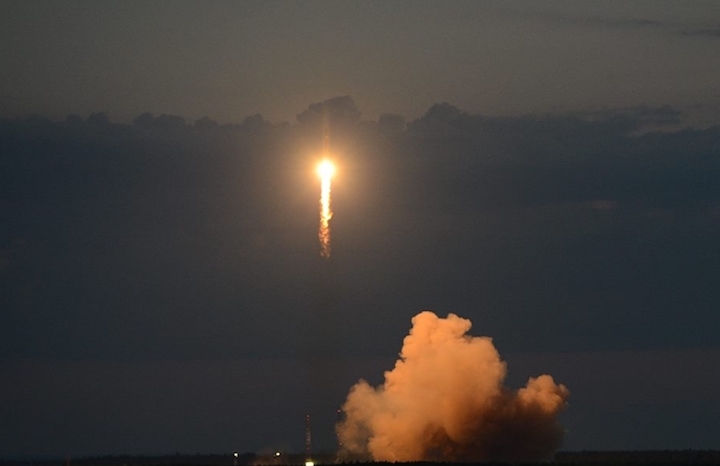16.06.2018

Russia has launched a replenishment satellite for its GLONASS navigation system Sunday, with a Soyuz-2-1b rocket and its Fregat-M upper stage carrying the Uragan-M No.756 spacecraft into orbit. Soyuz lifted off from the Plesetsk Cosmodrome at 00:30 Moscow Time (21:30 UTC).
Following checkout and commissioning, the new satellite will bring the GLONASS system back up to full strength, enabling it to once again provide full worldwide coverage. A Russian analogue to the US Global Positioning System, and more recently Europe’s Galileo and China’s Beidou, GLONASS was developed by the Soviet Union beginning in the 1970s.
GLONASS uses a constellation of satellites in medium Earth orbit (MEO) to broadcast navigation signals. Like other satellite navigation systems, GLONASS works by broadcasting precise timing signals which a receiver can use to calculate how long a signal took to reach it – and therefore how far away the satellite is. Using orbital ephemeris, also broadcast by the satellites, to determine their exact positions, the receiver can use the distances to four different satellites to triangulate its position.
Each spacecraft in the GLONASS constellation broadcasts four L-band navigation signals: restricted-access L1 and L2 signals for the Russian military, and equivalent unrestricted signals for civilian applications.
